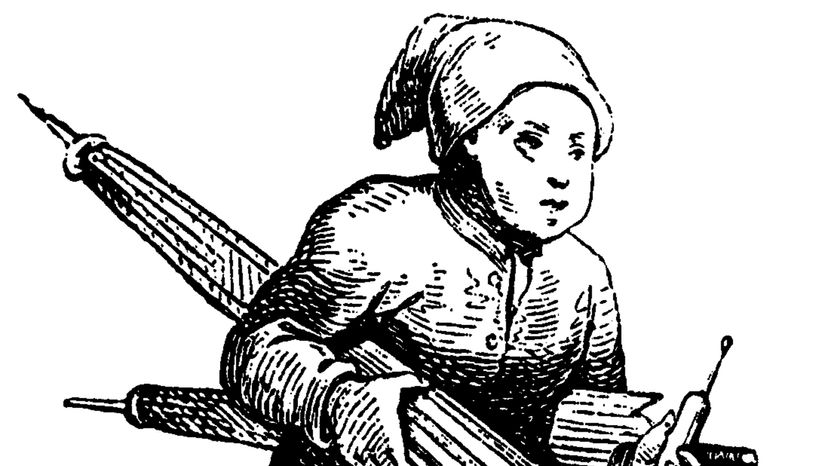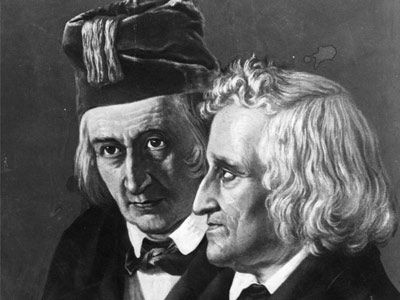
You know when you wake up in the morning and you have all that crusty stuff in your eyes? That's called rheum, and it's just discharge that comes out of your eyes and dries up while you're asleep. But if you were a child living in central or northern Europe a couple centuries ago, grownups would probably tell you you woke up in the morning with crusty eyelashes because the Sandman had been to your bedside, sprinkling his magical sleepy dust in your eyes, spinning the yarns of your dreams. This may or may not have been cause for alarm.
Have you ever tried to get a little kid to go to sleep? It can be one of the most aggravating experiences of your life because much of the time you're more tired than the child whose bedtime it is. What strategies work best for lulling kids into dreamland? Conventional wisdom says you should sing them a song or tell them a story. This was most likely how the Sandman came to be: a character made up by parents for the purpose of tranquilizing their children.
Advertisement
But just like our relationship with a rowdy, sleepless child is complicated, the figure of the Sandman isn't all magical, benevolent snooze dust. It turns out, as much as the Sandman is to sleep as Santa is to gift giving, Sandman's shadow side is at least as conspicuous as Santa's penchant for shady, around-the-clock surveillance and the distribution of switches and coal to naughty kids.
"It's a bit difficult to trace his origins because stories about the Sandman are part of an oral tradition," says Dr. Maria Tatar, professor of German Studies, Folklore, and Children's Literature at Harvard University. "I don't think you can trace the Sandman to Denmark or Germany. I feel confident that there are similar figures in other cultures because so many of the jolly, child-friendly creatures are shadowed by a disciplinary evil person. Who invented the Sandman? Who knows!"
Advertisement


